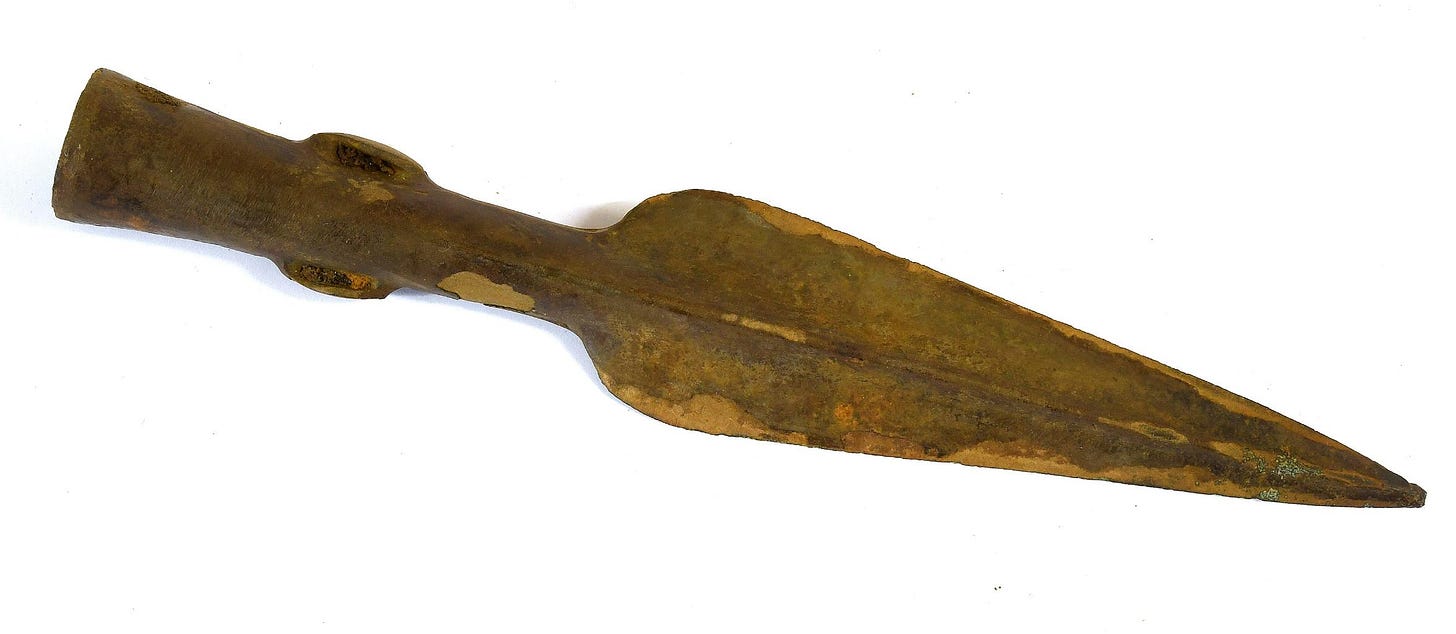Ancient axe stuns detectorist
From a button to a bucket list discovery. Tony Henderson talks to a metal detectorist who lived the dream
In two years since taking up the metal detecting hobby, Philip Pugh’s best find had been a button.
But that sparse return was firmly relegated to the past on an organised trip by the East Durham Detectors group to farmland near Haydon Bridge in Northumberland and Housesteads Roman fort.
Philip unearthed a Bronze Age axe head from around 3,500 years ago – and then discovered another on a return visit.
“They were in beautiful condition and the first find was a detecting bucket list occasion. Then to come across another axe head was unbelievable and mind-blowing,” said Philip, a retired nursing consultant who worked at Gateshead Queen Elizabeth hospital.
“I am fascinated by detecting from an archaeological perspective. It is an unbelievable feeling to be the first person in thousands of years to see and handle objects like these.
“They are priceless in terms of the history they represent and the complicated process to create them.”
The axes were among other Bronze Age items, including a hammer and a spear head, which were spread across two fields.
They had not been in use after being manufactured. It is believed that they were deposited as ritual offerings in what would have been a boggy, watery landscape.
Philip said: “There were no signs of use on the axe heads and they could be quite easily used today. There must have been a Bronze Age community in this area, and there was something going on at this site.”
He has loaned the axes to the Portable Antiquities Scheme (PAS) for Northumberland – the body to which finds by the public are reported – and they will go on display at the Great North Museum in Newcastle.
Andy Agate, Great North Museum PAS liaison officer for Northumberland, said: “Bronze Age objects in fine condition are exceptional finds for Northumberland.
“These objects represent a very exciting find for Northumberland as the objects are in such good condition. They show little or no sign of wear, which suggests that they were deposited in the ground soon after manufacture.
“We know from many sites around the country that Bronze Age people had a deep connection with 'watery places' such as bogs, streams, and rivers.”




